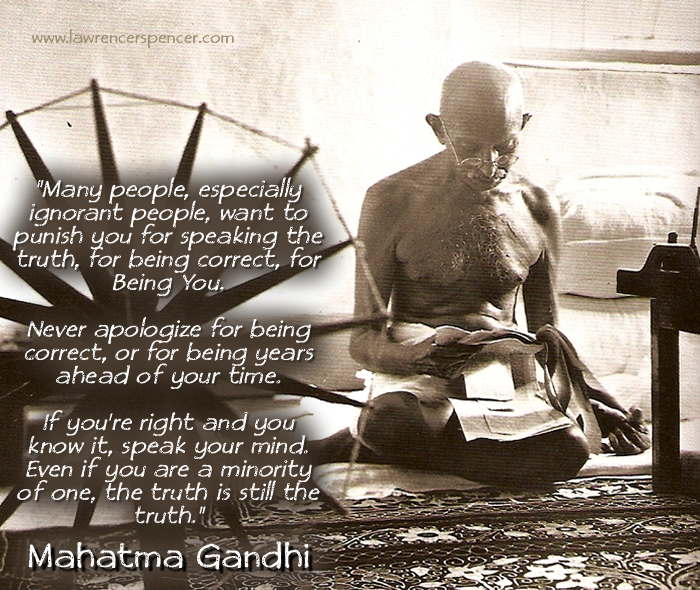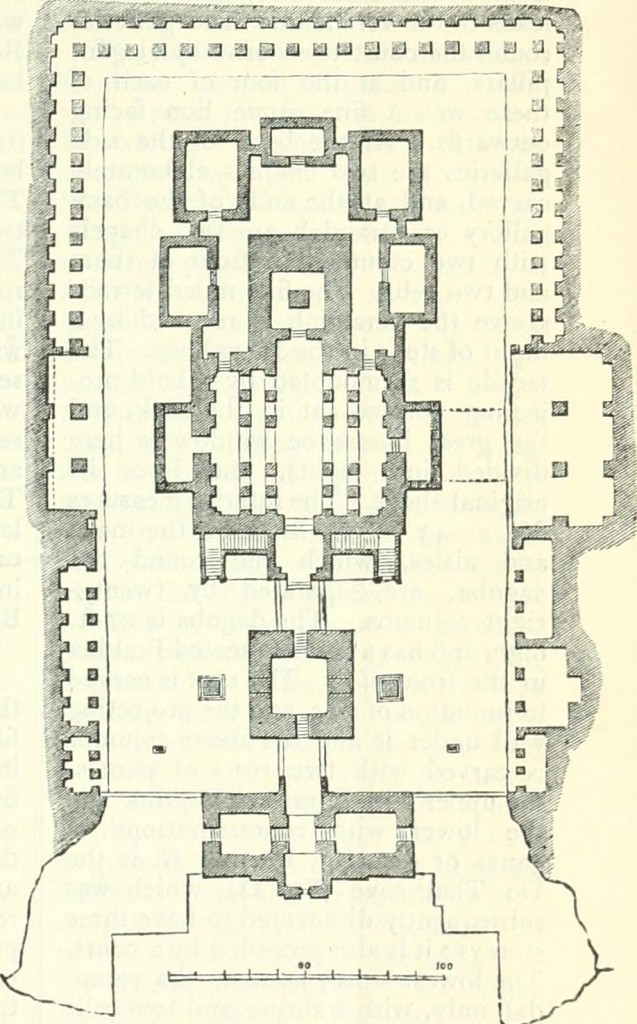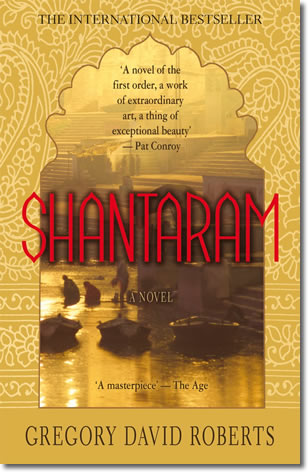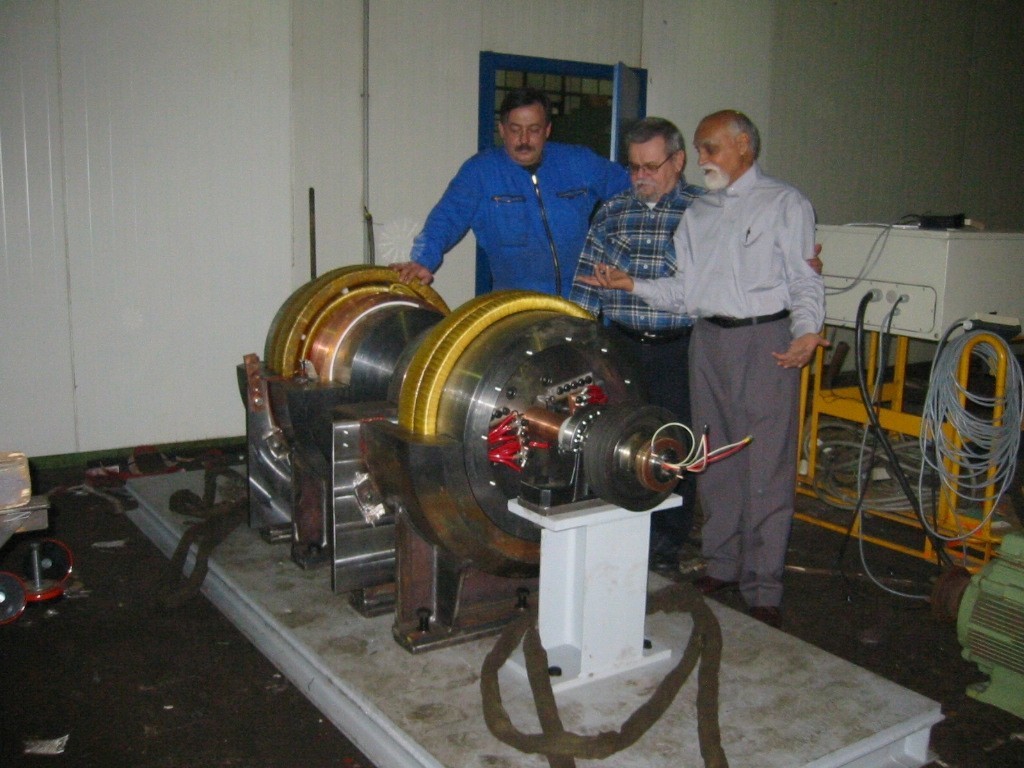Republished by Blog Post Promoter
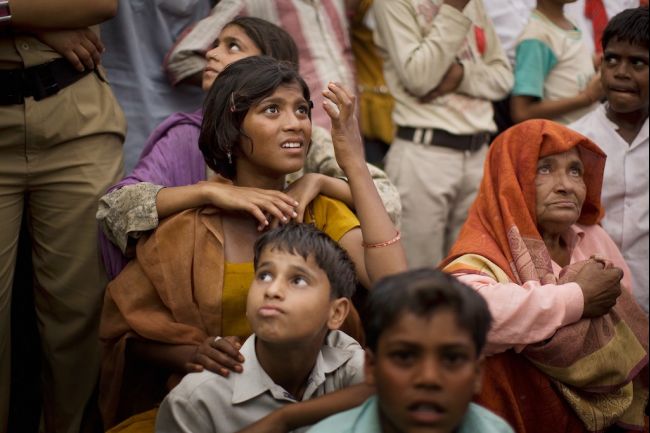 I am very careful about the books I read, and who wrote them, and published them, and why. I read a lot of books. Not many novels. Mostly non-fiction. However, I started reading Shantaram after I did a lot of research about the author, Gregory David Roberts, and read parts of the book on the internet. I bought the book because I think the author is an excellent writer, who escaped from a 20-year prison sentence in Australia fled to Bombay (Mumbai) where he lived for many years in the slums with the “untouchables” of India. He spent most of his time as a solitary nurse treating the injuries and illnesses of his neighbors with a first aid kit in own his tiny hovel. He never charged money. He also sold drugs and worked for gangsters to earn a modest living while still in hiding as an escaped convict. Later, the author was captured in Germany and completed serving his 20 year prison sentence.
I am very careful about the books I read, and who wrote them, and published them, and why. I read a lot of books. Not many novels. Mostly non-fiction. However, I started reading Shantaram after I did a lot of research about the author, Gregory David Roberts, and read parts of the book on the internet. I bought the book because I think the author is an excellent writer, who escaped from a 20-year prison sentence in Australia fled to Bombay (Mumbai) where he lived for many years in the slums with the “untouchables” of India. He spent most of his time as a solitary nurse treating the injuries and illnesses of his neighbors with a first aid kit in own his tiny hovel. He never charged money. He also sold drugs and worked for gangsters to earn a modest living while still in hiding as an escaped convict. Later, the author was captured in Germany and completed serving his 20 year prison sentence.
What the novel Shantaram reveals about 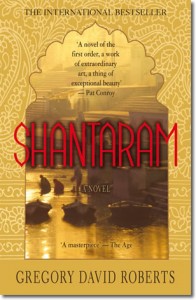 the slums and ghettos of Mumbai is something that most Americans don’t know because nobody ever talks about “untouchables”! Poor people are “invisible” to the “upper classes”, i.e. people who earn more than a few dollars a day. Sixty percent of the 20 million citizens of Mumbai live on only 6% of the land, within a stones throw of the wealthiest people in India. The oppressive disparity of wealth, health services and housing between the rich and poor is an issue in the U.S. and around the world, but most visible and extreme in Mumbai.
the slums and ghettos of Mumbai is something that most Americans don’t know because nobody ever talks about “untouchables”! Poor people are “invisible” to the “upper classes”, i.e. people who earn more than a few dollars a day. Sixty percent of the 20 million citizens of Mumbai live on only 6% of the land, within a stones throw of the wealthiest people in India. The oppressive disparity of wealth, health services and housing between the rich and poor is an issue in the U.S. and around the world, but most visible and extreme in Mumbai.
 I have known many very poor people from the slums of the southern states in the U.S.. They are the same kind of “untouchables” as the people who live in the slums of India. These are the rapidly growing population of the private prison system in the U.S.. I am reading Shantaram because it is a novel about “untouchables”, written by a convict who also a nurse, a philosopher and an artist with the English language. Alien Interview It was written by a nurse, dictated to her by an alien philosopher about “untouchables”, who are the entire population of prison planet Earth. — Lawrence R. Spencer. 2015
I have known many very poor people from the slums of the southern states in the U.S.. They are the same kind of “untouchables” as the people who live in the slums of India. These are the rapidly growing population of the private prison system in the U.S.. I am reading Shantaram because it is a novel about “untouchables”, written by a convict who also a nurse, a philosopher and an artist with the English language. Alien Interview It was written by a nurse, dictated to her by an alien philosopher about “untouchables”, who are the entire population of prison planet Earth. — Lawrence R. Spencer. 2015

